(379 products available)








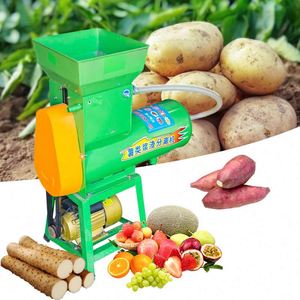

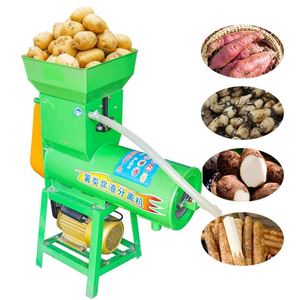


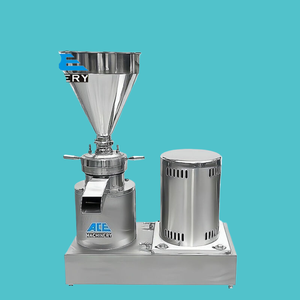
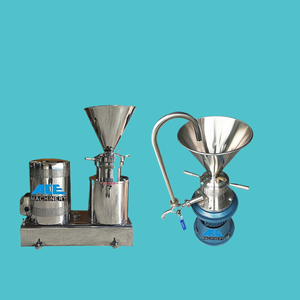


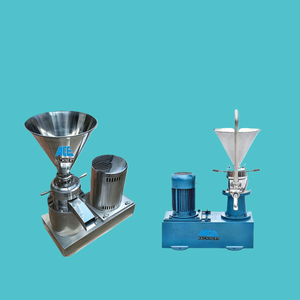
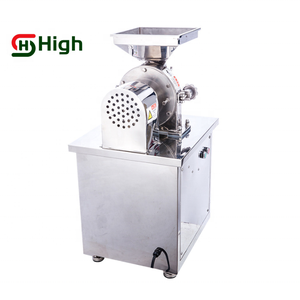



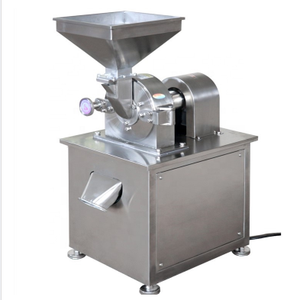










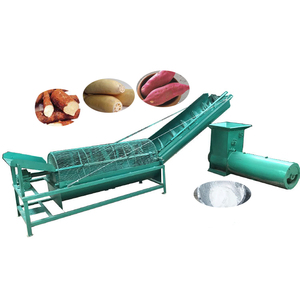
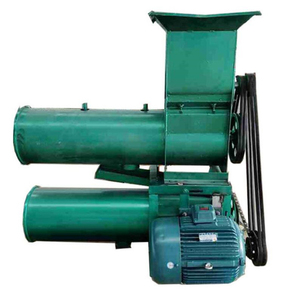
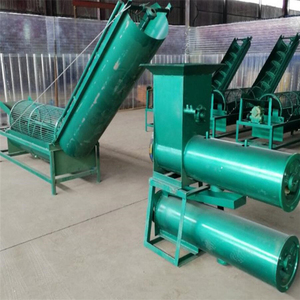





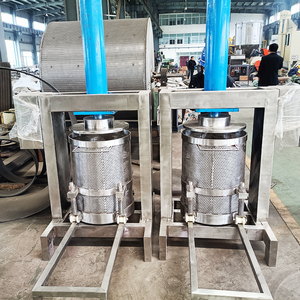


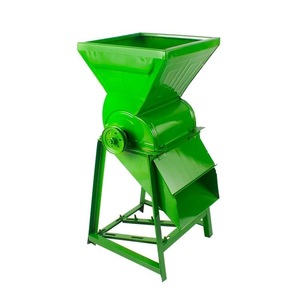



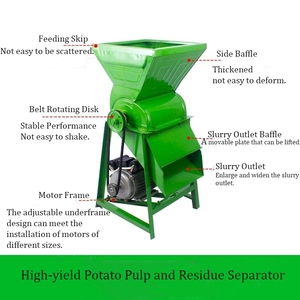








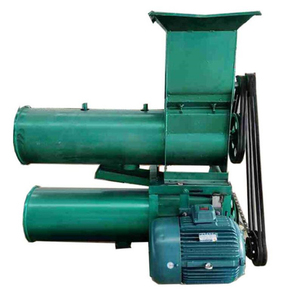
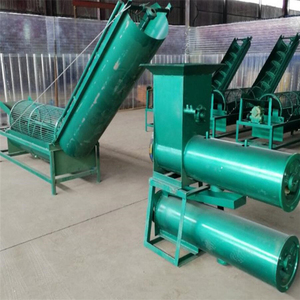
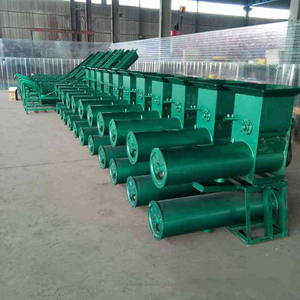
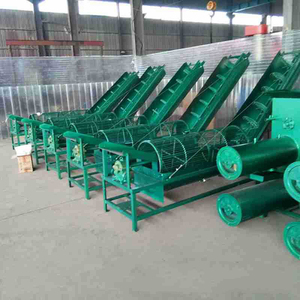



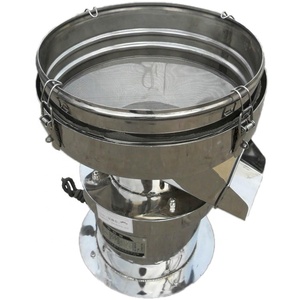




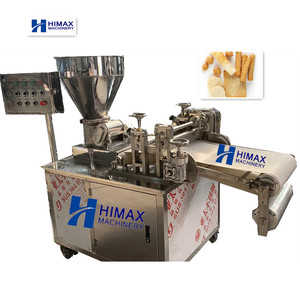

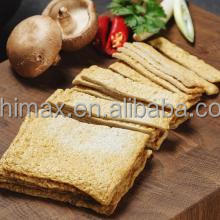







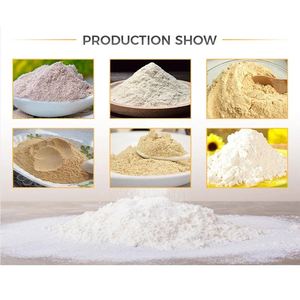



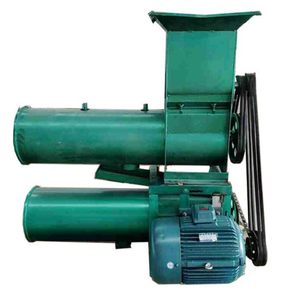





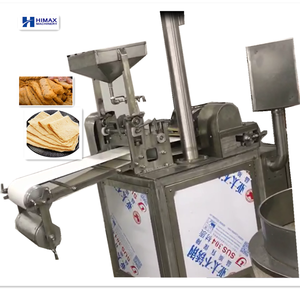


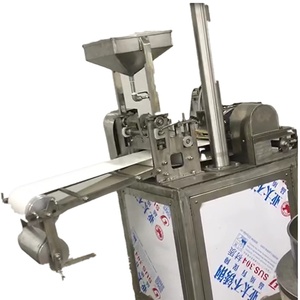



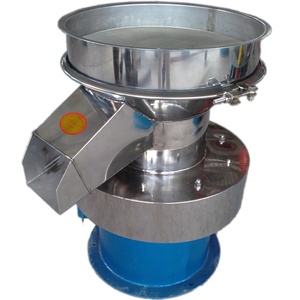






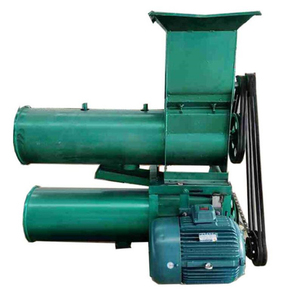


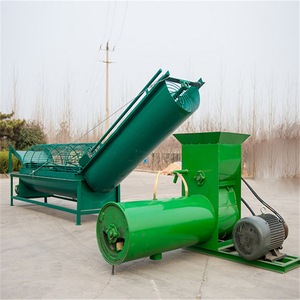

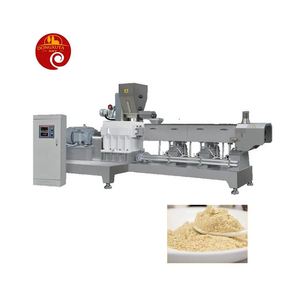
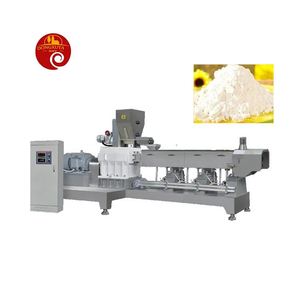


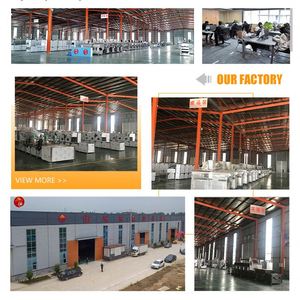

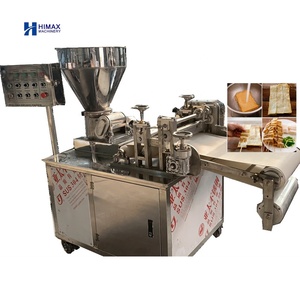
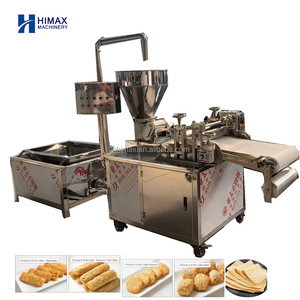











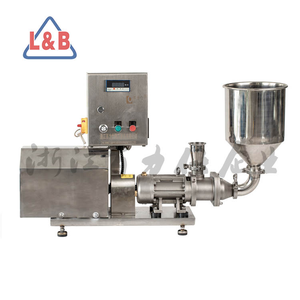





















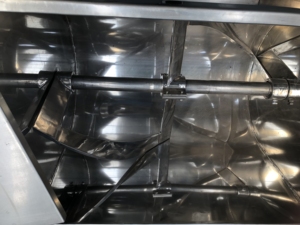










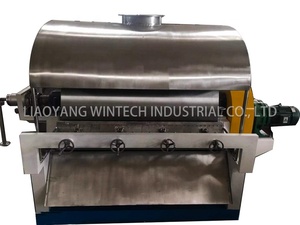



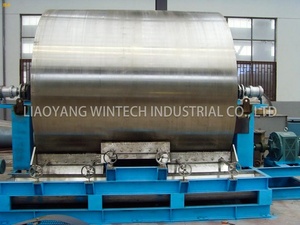










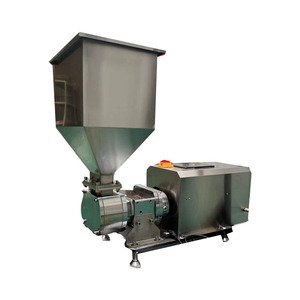














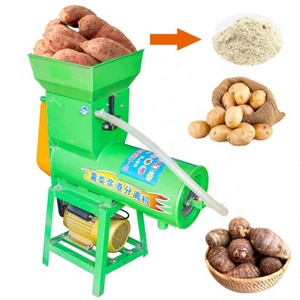
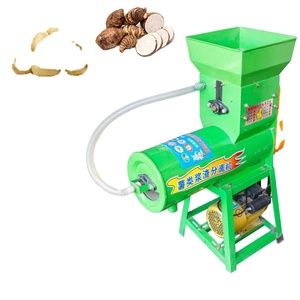



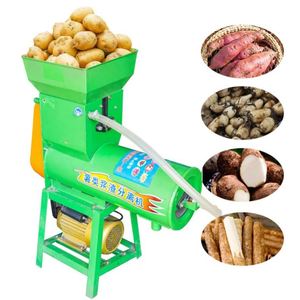



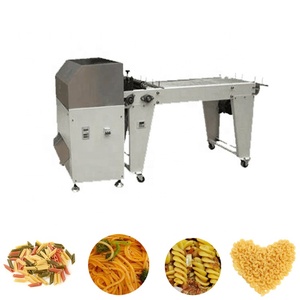

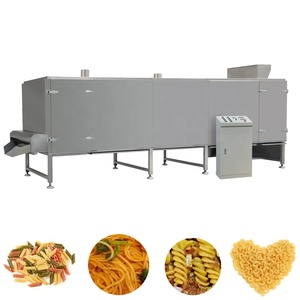


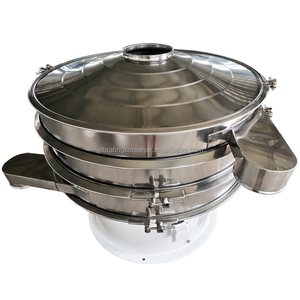





The starch paste machine is also called a starch mixture machine. It is commonly used to make pastes from starch and other materials in various industries. Different types of starch paste machines are available. The three main kinds are batch-type machines, continuous-type machines, and combination-type machines.
Batch starch paste machines
This kind of machine is typically smaller and more compact. It has a container where starch and water are mixed together. Other materials can be added to create a specific formula. The machine has heating and cooling systems that cook the mixture and cool it down afterward. Usually, an electric motor stirs the mixture to ensure even cooking and prevent it from sticking to the bottom of the container. A control panel allows operators to control the temperature and time. The batch starch paste machine is easy to use and maintain. Because it processes small amounts of starch paste at a time, it suits small-scale production and helps companies meet diverse customer needs.
Continuous starch paste machines
These machines offer a larger capacity. They have extrusion systems that evenly stir and mix starch paste. The heating and cooling systems cook and cool the mixture continuously. Some continuous starch paste machines come with advanced control systems. These allow operators to precisely control the temperature and pressure of the paste. The larger capacity helps meet the demand for large-scale production. Continuous paste machines improve efficiency and stability for companies that need to produce a great quantity of starch paste. Using them can reduce labor intensity and lower production costs.
Combination starch paste machines
The combination type has both batch and continuous modes. It suits small-scale and large-scale production, meeting various needs. Companies can use the flexible operation to adjust the production line according to different recipes and starch paste requirements. The combination starch paste machine also comes with an automatic control system. It improves the precision and repeatability of the production process, making quality control easier. Moreover, the machine has a compact design, which saves production space. It is a good solution for companies with limited factory area.
Production Capacity:
The production capacity of a starch paste machine varies depending on its size and model. Generally, larger-sized machines have the capability of producing more starch paste in a single cycle compared to smaller ones. For instance, while some machines may produce about 50 liters per hour, others may have the capacity to produce over 200 liters within the same timeframe.
Mixing Speed:
The mixing speed of an industrial starch paste machine plays a crucial role when it comes to the quality and efficiency of starch paste production. The blending velocity can be affected by different factors like the kind of machine, the size of the batch being processed, and the distinctive characteristics of the starch being utilized. Generally, the mixing speeds are adjustable, and it ranges from 50 to 200 revolutions per minute.
Power Consumption:
The power consumption of starch paste machines is determined by several factors, including the kind of machine, size and model, capacity at which it is operating, and the processing parameters being utilized. Starch paste machines usually consume power in the range of 1 to 10 kilowatts. This is equivalent to 1,000 to 10,000 watts.
Materials:
Starch paste machines are primarily made from two essential materials: stainless steel and carbon steel. Because of its outstanding strength and extended usability, carbon steel is frequently used to construct the machine's foundation parts, such as the frame, mixing barrel, and motor casing. Sturdy and resilient, carbon steel can easily support the machine's frequent use and heavy-duty operations. Stainless steel, on the other hand, has corrosion resistance and is simple to clean. Because of this, it is employed in components that come into direct contact with food, such as food processing equipment. Because of its hygienic qualities, stainless steel is simple to wipe clean and keeps the final product free of pollutants.
Temperature Control:
Industrial starch paste machines need precise temperature control in order to ensure consistent paste production and optimize the gelatinization process. The majority of them are equipped with a temperature control system that allows the operator to measure and modify the temperature as necessary. The temperature ranges between 70°C and 130°C. The starch molecules break down and gelatinize when the temperature is raised to between 70°C and 90°C, producing a paste with a particular viscosity and texture. The temperature may be higher than 100 degrees Celsius in some machines, which triggers the gelatinization of the starch and changes the food's structure chemically.
It is crucial to frequently check and clean important components in order to maintain the starch paste machine's stable operation and high-quality output. For example, the mixing paddles, containers, heating and cooling systems, and temperature control system should all be checked and cleaned. Also, lubricating oil should be applied to the mixing paddle's shaft and bearings to keep them moving smoothly, and the machine's body should be wiped down to prevent starch residue from accumulating over time.
The starch mixing machine combines dry solids and water by external work input. It is used to produce under-starch-gel or over-starch-gel slurries depending on the starch's viscosity. The starch paste machines are used in the initial stages of food processing, textile, paper-making, and feed-making industries.
In the food industry, it is used to make products like biscuits, glucose syrup, custard powder, palm oil, sago, soap powder, starch syrup, jackfruit syrup, cod liver oil emulsions, and thickeners. In the textile industry, it is used to prepare cotton yarn.
In the paper-making industry, it is used to improve the quality of the paper by increasing lustre and water resistance. It is also used to emulsify oils in the clarifying industry and act as a filler. Some businesses add chemical additives to cellulose starch paste machines to produce strong bonding adhesive glue used for furniture, plywood, laminate, chipboards, cardboard boxes, paper, etc.
Starch paste machines are also commonly used to make adhesives for books, cartons, labels, wrappings, tapes, and other sticking goods, starch glue for upholstery and leather goods, oil emulsions, floor coverings, and wool grease, emulsions, etc. It is also an essential material for pasting wallpapers.
Starch paste machines can be made from far more robust and resilient composites, such as polycarbonate, which is exceptionally resistant to heat and impact, increasing the machine's life and efficiency. It is also used to produce non-sticky paste grains like cassava that starch forms that will save time when gluing things together and is cost effective.
The starch paste machines function is what buyers need to focus on first. Different food processing industries use the machine for distinct uses. For instance, those who want to prepare starch slurry will go for the starch slurry machine. Also, the machine's capacity matters. A greater capacity works well for high-demand industries.
Next, people should consider the type of starch they will be processing. Some machines are designed to handle specific types of starch, such as corn, potato, tapioca, or wheat starch. Additionally, the quality of the output is essential to consider. Every machine has a distinct way of processing starch. Some might overheat the starch and ruin the quality.
Consider the energy source for the machine. Some use electricity, others are diesel-powered, and some have an automatic or semi-automatic functioning. Depending on a company's budget and what kind of production it will be doing, workers can choose a machine with suitable energy functioning.
If buying a paste-making machine for resale, negotiate bulk discounts with the supplier. Discounts when buying in bulk will ensure a good profit margin when selling. Buyers should also compare different suppliers and get customer references for better decision-making. This will ensure they are investing in a machine and supplier who will not disappoint.
The starch paste machine cost will vary depending on the machine's type, capacity, energy source, automation, and technology. Buyers can request quotes based on distinct specifications and compare prices. It's best to consider the long-term costs of the machine, such as maintenance and energy expenses, instead of just the initial purchase cost.
Q1: How are starch pastes made in a starch paste machine?
A1: The starch paste machine works by hydrolyzing starch in water to produce a viscous paste. Heat, pressure, and sometimes chemical additives are used in the process to break down the starch molecules, resulting in a thick, sticky substance known as starch paste.
Q2: What types of starch can be used in a starch paste machine?
A2: Various types of starch can be used in a starch paste machine, including corn, wheat, tapioca, and potato starch. Each type of starch produces a different consistency and properties of the paste.
Q3: What are the main components of a starch paste machine?
A3: Starch paste machines usually consist of an inlet, a heating element, a mixing or stirring component, a pressing component, a holding vessel, a cooling component, and an outlet.
Q4: Can a starch paste machine be used for other materials besides starch?
A4: No. Starch paste machines are specifically designed for starch hydrolysis. However, there are general-purpose hydrolysis machines that can process different materials.